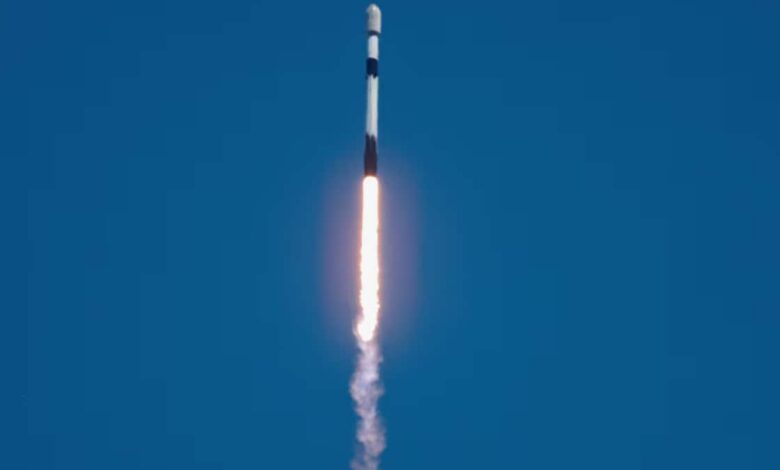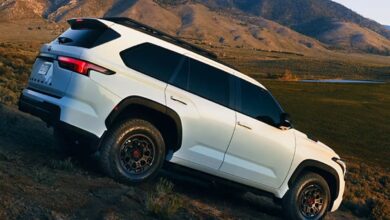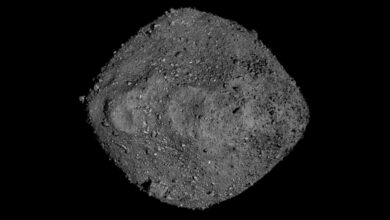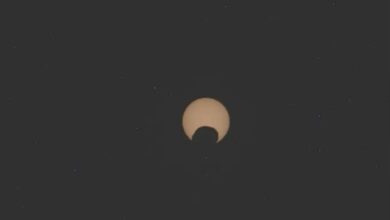ESA and SpaceX discuss their strengths to tackle space debris.

The European Space Agency (ESA) is currently in discussions with SpaceX about the possibility of the US space giant joining an international initiative to tackle the growing problem of space debris. ESA has been actively working to address the escalating risks of orbital debris, which threatens both operational satellites and future space missions.
ESA Director General Josef Aschbacher announced that the agency’s ‘Zero Debris Charter’ has received support from more than 110 countries and organizations, with a shared goal of ending new debris production by 2030. Although SpaceX has not yet signed the charter, Aschbacher remains hopeful about progress, noting, “We will continue to raise these issues because they are essential.”
Understanding space debris
According to Harvard astronomer Jonathan McDowell, Earth’s orbit currently hosts approximately 18,897 pieces of trackable space junk. This debris includes inactive satellites, rocket bodies, and fragments from previous collisions. Although ESA does not regulate space activities, it is committed to promoting international cooperation on this urgent issue. “The fact that we have the charter on the table and that partners are signing up is very encouraging,” Aschbacher added.
The importance of SpaceX’s involvement
SpaceX, with approximately 6,300 active satellites of the estimated 10,300 in low Earth orbit, plays an important role. significant role in this discussion. The Starlink constellation alone is responsible for almost two-thirds of all operational satellites in this region. New constellations from other companies, including satellite networks from Amazon and China, are adding to the constellation, making efforts to combat space debris even more urgent.
Real-world implications of space debris
The risks are far from theoretical. For example, in a recent incident, a Chinese rocket body disintegrated after colliding with debris, creating one of the largest space debris fields ever recorded. In addition, previous tests of anti-satellite missiles by several countries have exacerbated the problem, further contributing to the crowded orbital environment. As ESA continues discussions with SpaceX, the focus remains on ensuring a cleaner, safer orbit for all stakeholders in the space sector.




